|
We all wanted to be Legends.
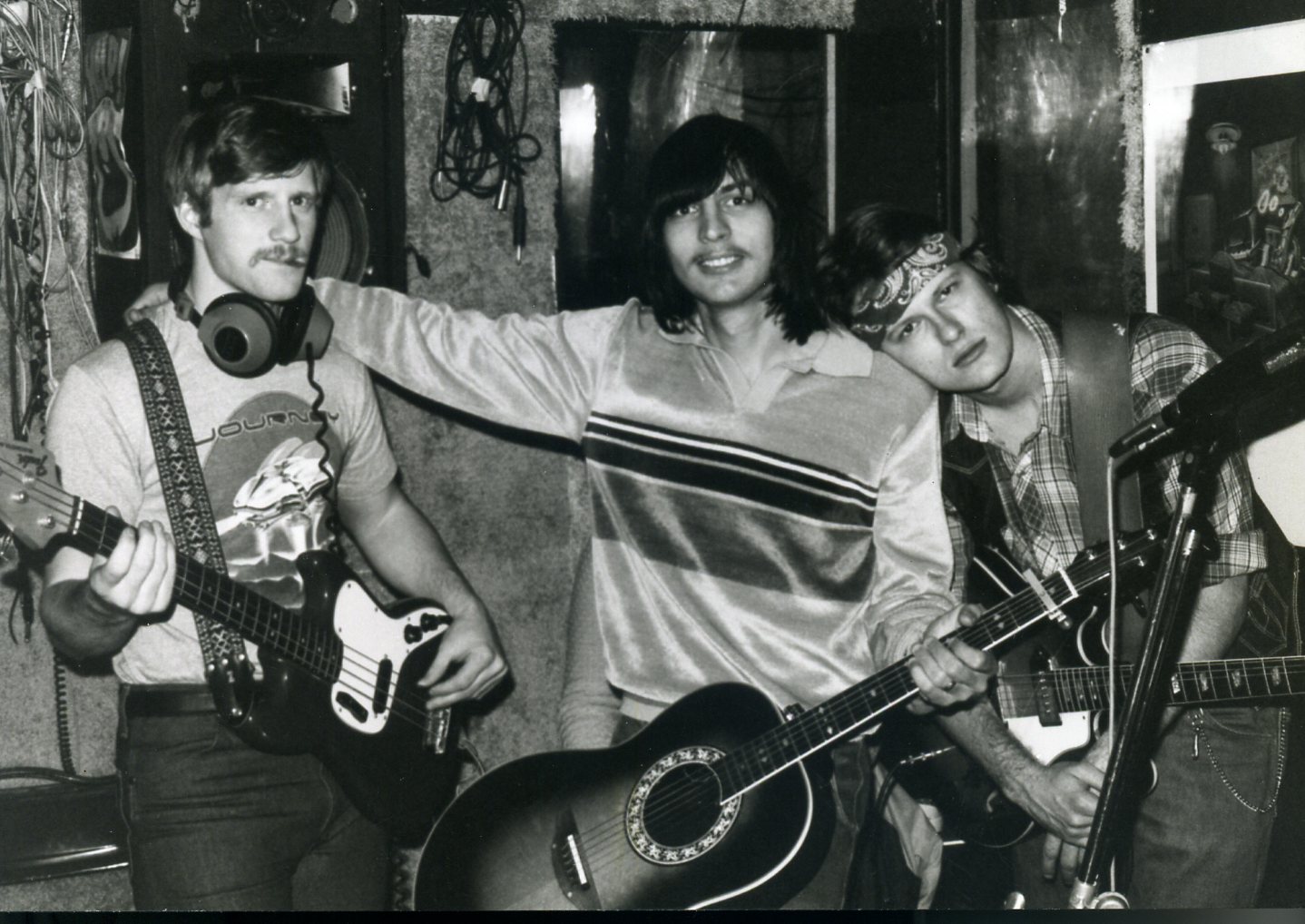
(Legends studio session, 1982. Rick Jensen, bass; G.E. Sassani; John DeHart, lead guitar)
Shortly after the release of Words I got back together with John DeHart and a newly constructed form of Jerusalem
that now featured Rick Jensen on bass and Rich Biancone on drums.
Rick would end up being a huge help. He became the on-stage music director, and his musical knowledge and ability
was far greater than the rest of the band combined.
But things were never the same.
John and I began to openly fight for control of the band's identity.
He had now started to write songs and wanted the band to go in a southern rock direction.
I was happy with the mellow rock direction, and no one in the band wanted to take sides.
It didn't help that I had moved to State College, PA and we couldn't play as often as we used to.
We still planned to record, but what kind of an album were we going to do?
The answer was a 2-project competition.
We would go back to Jake Hain and record two albums.
We agreed that the album that sold the most in a limited time would carry the torch.
John's album was called Subway Luncheonette.
Mine was called Legends.
And that's when everything changed.
I love movies, and many have been the inspiration for songs.
While I'm actually not a huge fan of the film E.T., I was moved enough by the goodbye scene between Elliott and E.T. that I penned a song I called Elliott.
I didn't think much about it at the time, but it soon became a live performance favorite in State College
where I ended up a regular on the acoustic and coffeehouse circuit.
For some reason people loved the song.
A DJ friend, Ron Adams, wanted to see it on the next album and offered to help promote it if it was.
I still wasn't convinced.
It was my father who tipped the scales.
My dad used to play sax for a band called The Beltones in Reading back in the 1950's.
They even released a single, and I own a rare copy of that disc.
But playing led to issues between my parents, so that by the time I was old enough to know what was going on around me,
my Dad put his instruments in my grandfather's garage, and that was the end of it.
I used to beg him to break them out and jam with me. No way, Jose. I wanted him to appear on an album, and it was a flat no.
I would often run songs past my father, but to say he was indifferent would be putting it mildly.
But when he heard me play Elliott, he walked over to me and said, "Buster, if you record that song, I'll play on it."
He wouldn't explain why, but he made it clear it was Elliott or nothing.
So, my arm twisted in several directions, I put the song on the next album, which was to be called Legends.
Sales went through the roof.
Before I knew what was going on, radio stations around the country were playing Elliott.
I got offered gigs in places that wouldn't even talk to me previously.
The cherry on top came when we were offered a 6-week European tour.
I was on top of the world, but it all came crashing down when everyone in the band said no.
The success went on for a while, but with no ability to act on the momentum, it came and went.
To this day I still don't know what it is about that song.
It continued to be a favorite of fans to this very day.
The band members hated it and flat-out accused me of lying when I described the success.
It wasn't until we did an arts festival in State College in 1986 that they were confronted with how much folks loved Elliott.
I suspect if you're actually taking the time to read this, there's a pretty good chance you came here via Elliott.
Released in 1982, Legends would contain 12 tracks:
Legends, Syracus, Slow Train To Georgia, Person To Person, Elliott, Dear Richard, Hold On (I'm Not That Far From You), Gramps And The Champ,
The Legend Of Robin Hood And Friar Tuck, Beyond The Iron Curtain and Masters Of The Game.
Legends was a tribute to a WWII vet I used to deliver subs to during my time in State College.
He would keep me longer than I should have stayed to tell his tales.
Mr. Foster was a true hero, and I hope the song somehow did him justice.
He passed before I could actually play it for him.
Syracus is often pointed out to me as a misspelling of Syracuse. It's not.
It's a mythical place I created at a drive-in theater one night inspired by a rather impressive formation of clouds.
Gramps And The Champ also became a coffeehouse favorite.
It was written for my grandfather and a dog we both loved named Champ.
He got to hear the song.
Masters Of The Game came about because I fell victim to a crime during the recording sessions.
I had the giant reel 16-track masters in my car, and I stopped for an Italian sandwich on my way home.
Someone broke into the car and stole the masters. The original last song was an instrumental called Fanfare, and it was the only song not backed up.
I did finally find a cassette recording of the song.
We needed to do another song now, and so I literally wrote Masters Of The Game in the studio while Rick Jensen, his sister Lorelei, and his girlfriend Kim filled out the song for me.
I never really got to perfect it, but it was a true emergency.
There was also a song called Sea that I removed quickly when I realized I had, accidentally of course, stolen a Styx melody from a song called Queen Of Spades.
It amazes me that we got that far with no one figuring it out.
I was in my car listening to Styx when the song came on, and I was shocked at what I had done, and it was removed.
I still have a copy of that recording, but if I let you hear it here, Tommy Shaw will be coming after my behind.
The band on Legends included
John DeHart on lead guitar,
Rick Jensen on bass,
Rich Biancone on drums,
Lorelei Jensen on keyboards,
Kim Hake on violin and viola,
Lydia Frasier doing co-vocals on Elliott and other back vocals, and
George Sassani, Sr. on sax.
Lydia was a girl I met in State College where we briefly formed a group called Stellar Wind.
She had one of the best voices I ever worked with. She graduated shortly after the album and left to work for Exxon as a PR person.
It wasn't long after that the Valdes disaster happened, and I often thought about what that must have been like for her.
We lost touch, and I haven't spoken to her since 1982.

Gino
|
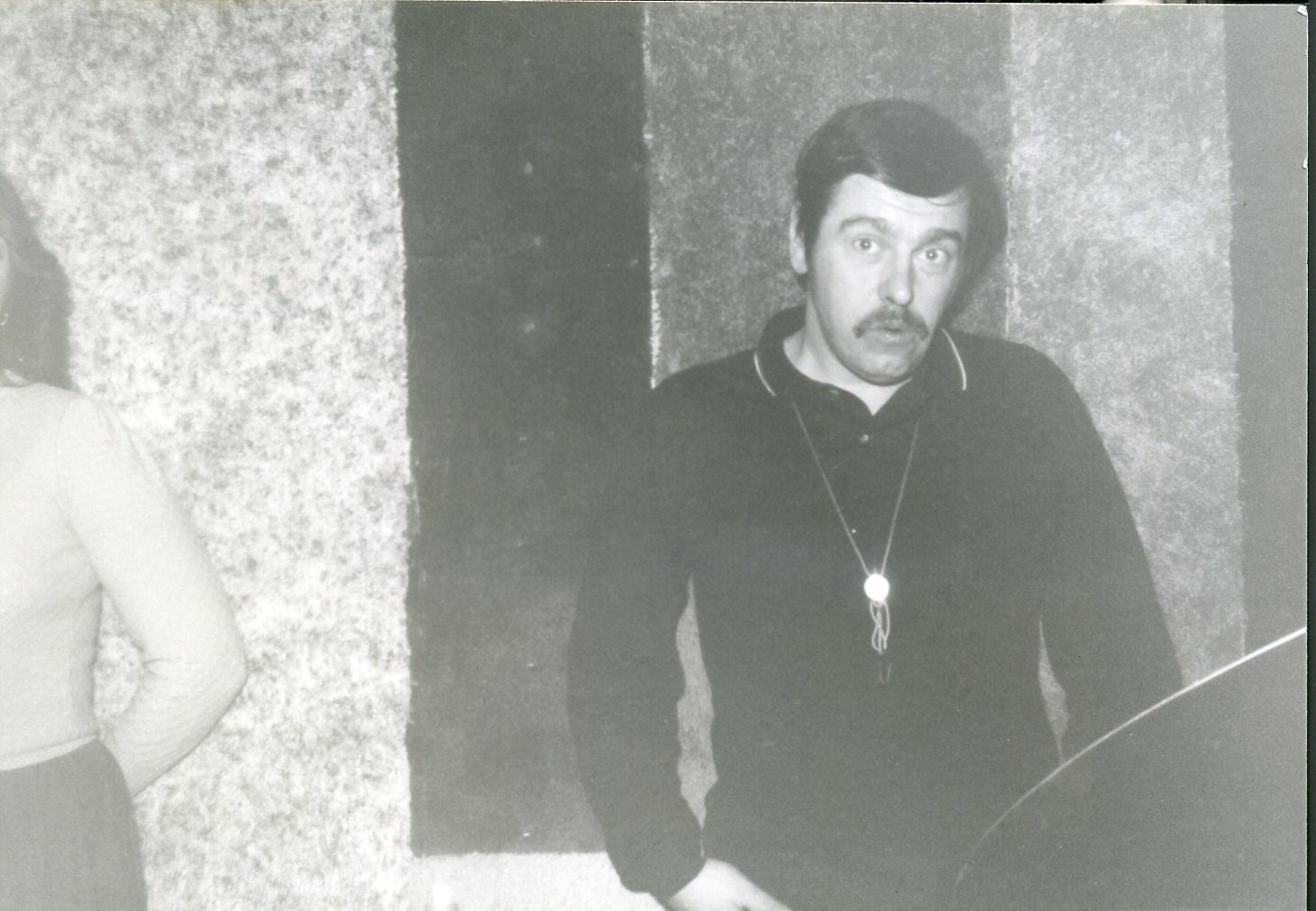
George Sassani Sr.
|

John and Gino |
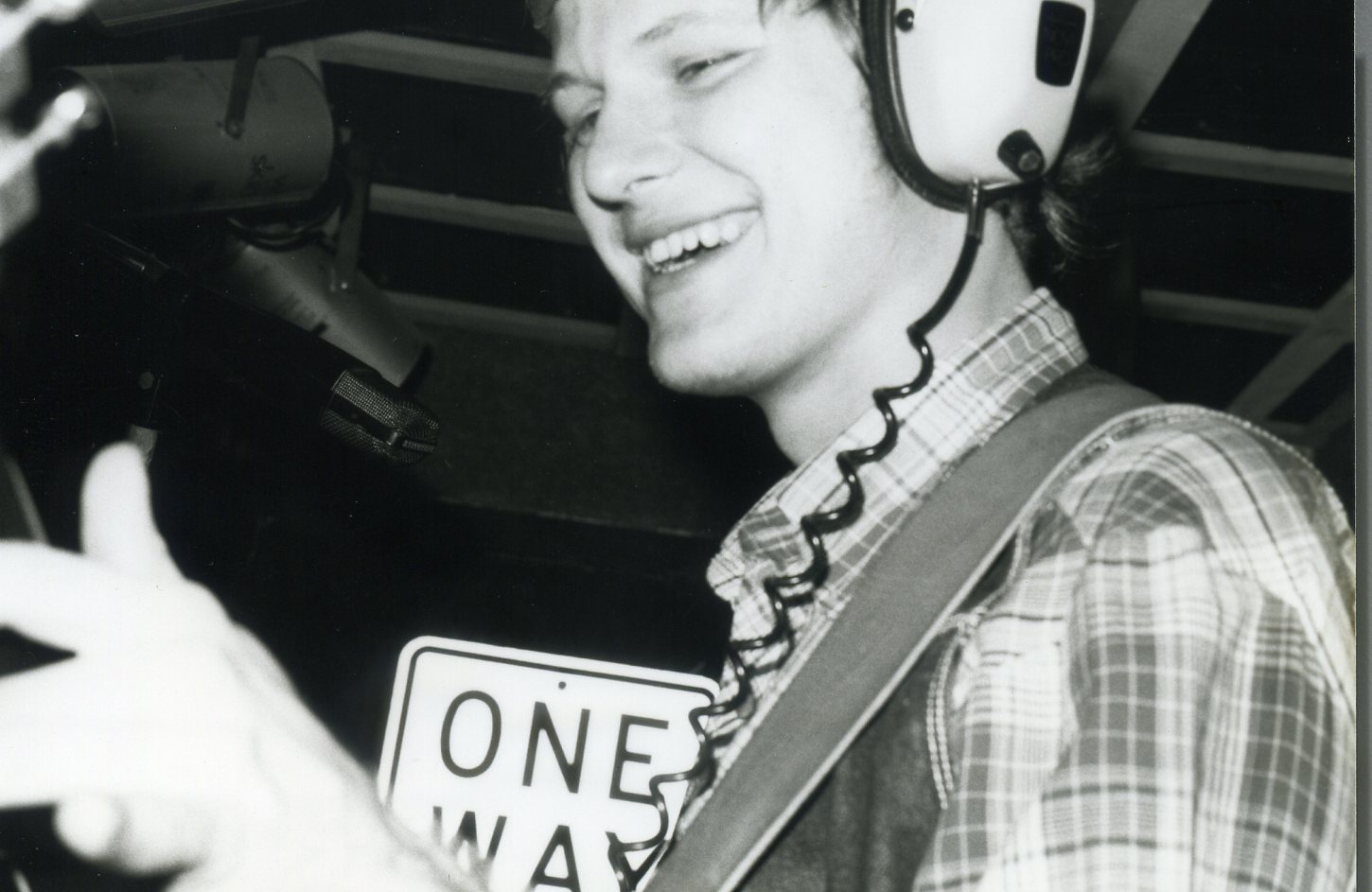
John |
|
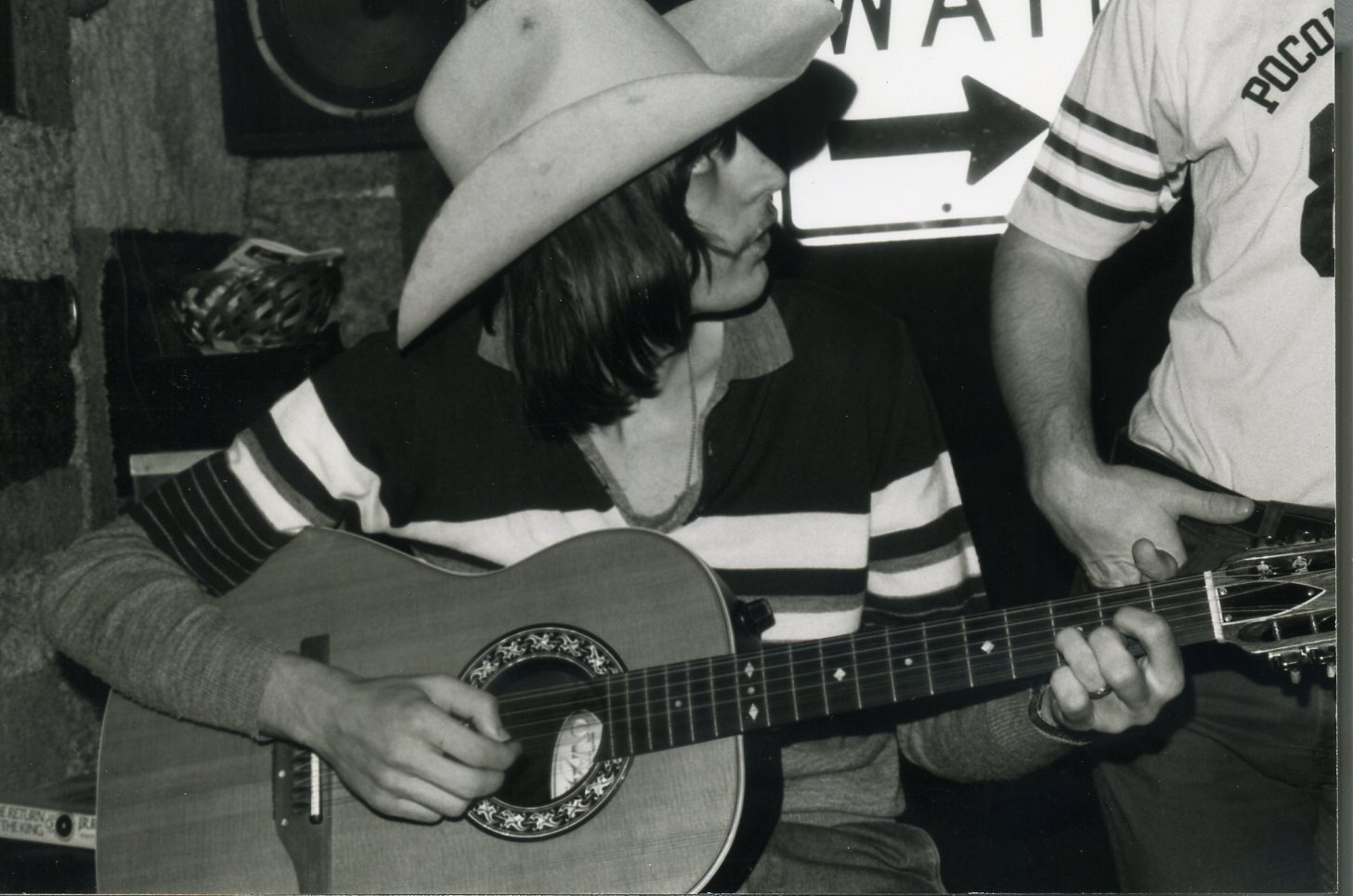
Gino with "the hat"

John DeHart, lead guitar
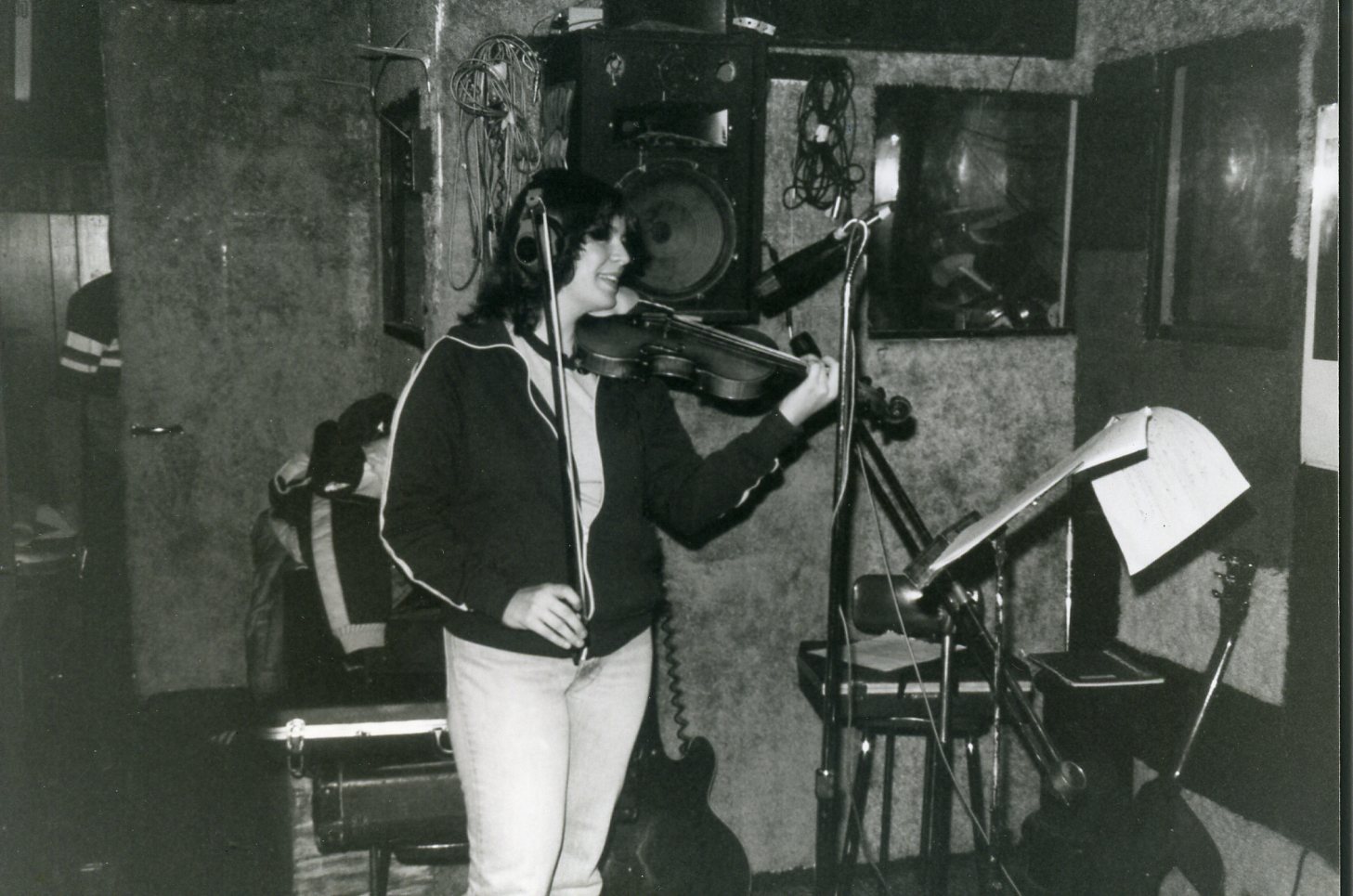
Kim Hake, viola

Lydia Frasier, vocals
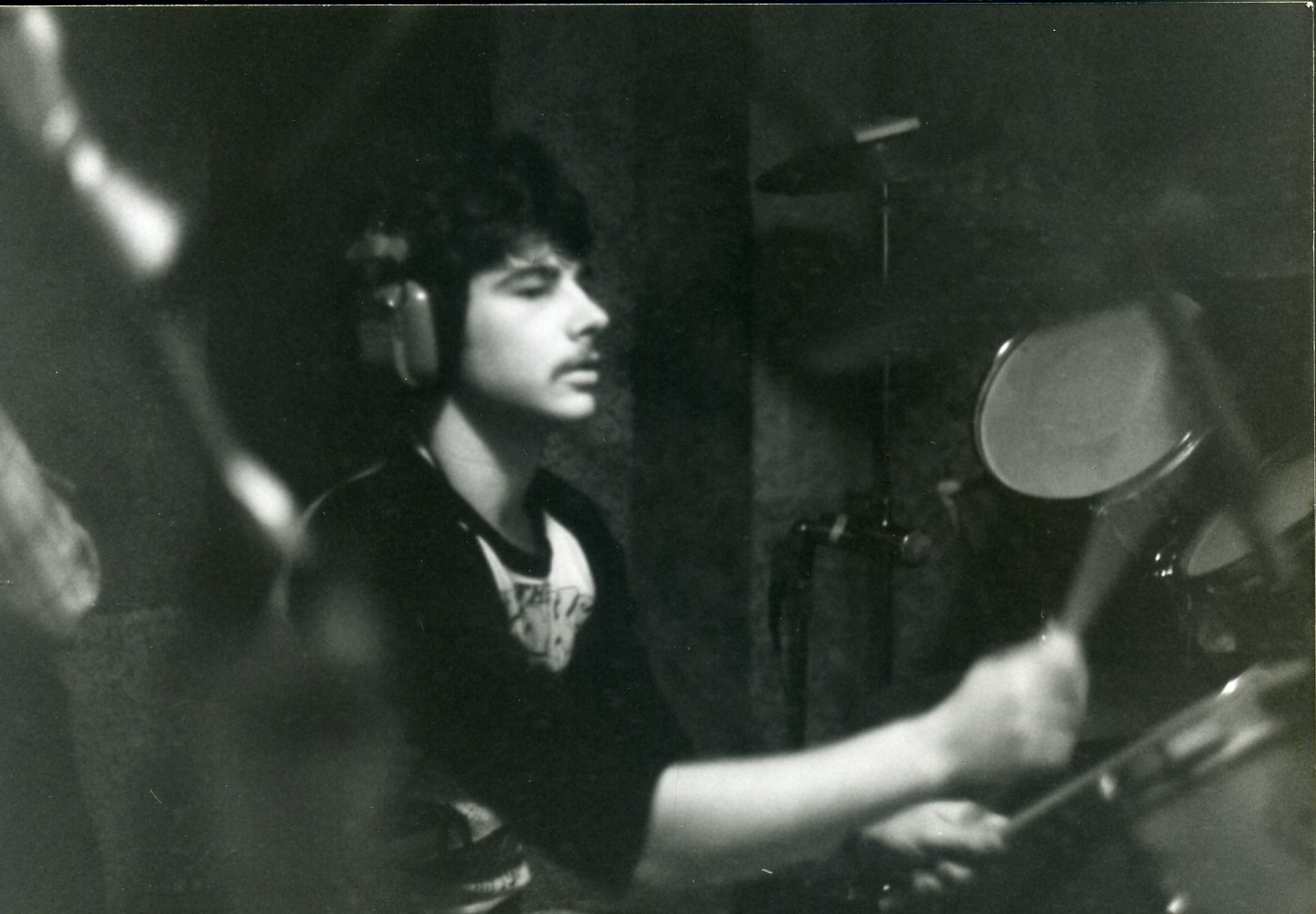
Rich Biancone, drums
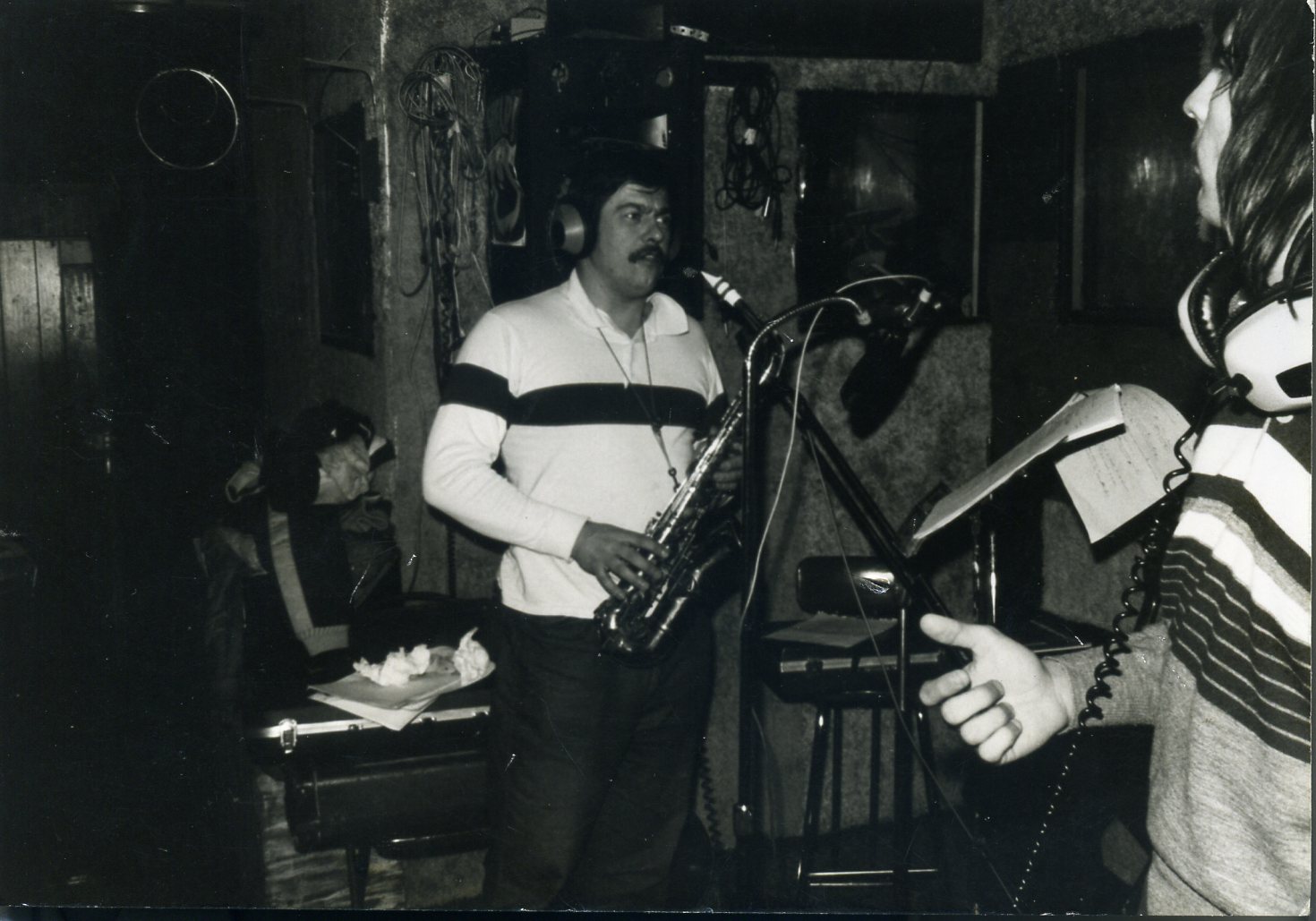
George Sassani Sr. on sax

George Sassani Jr. and Sr.
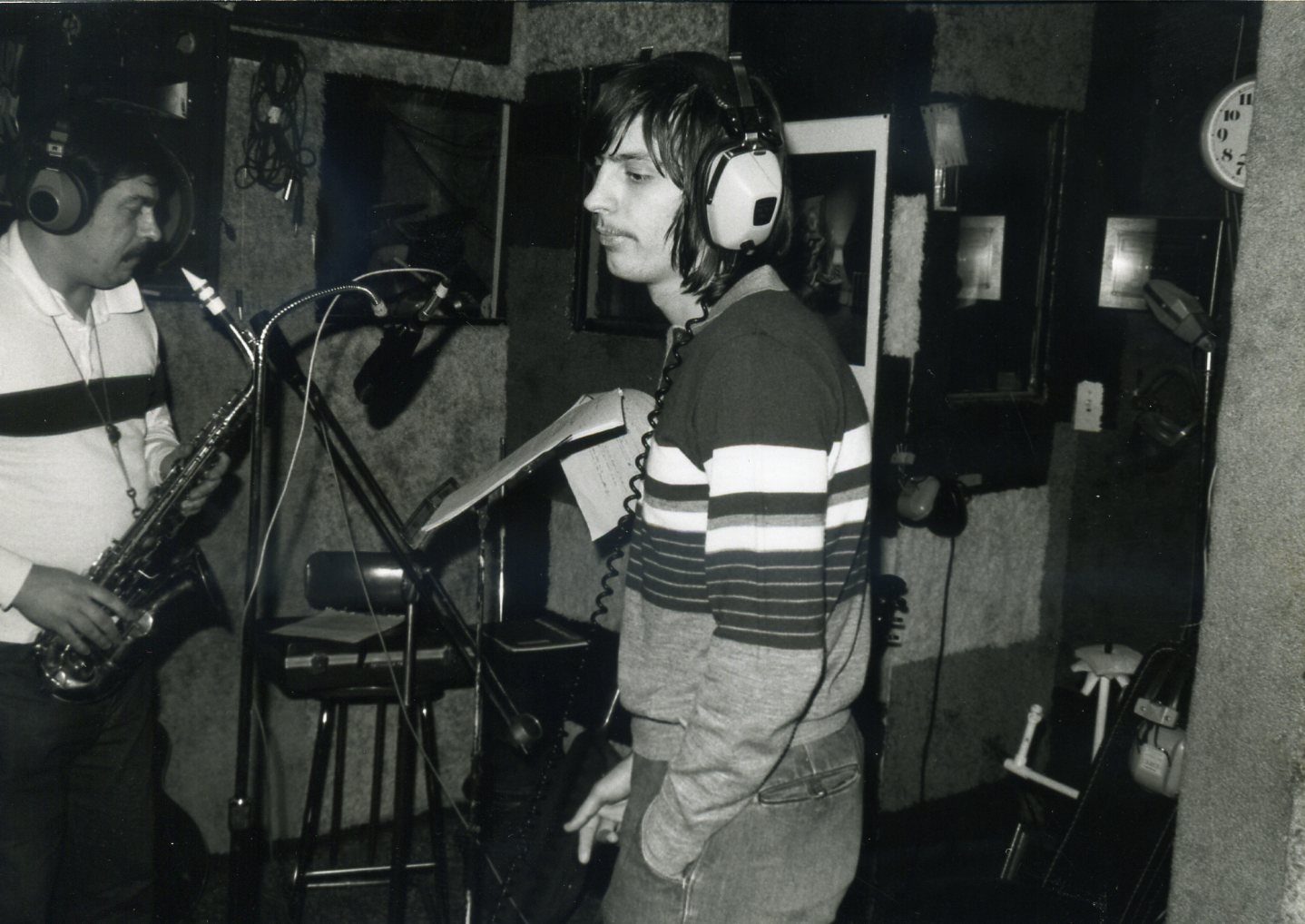
George Sassani Jr. and Sr.
|